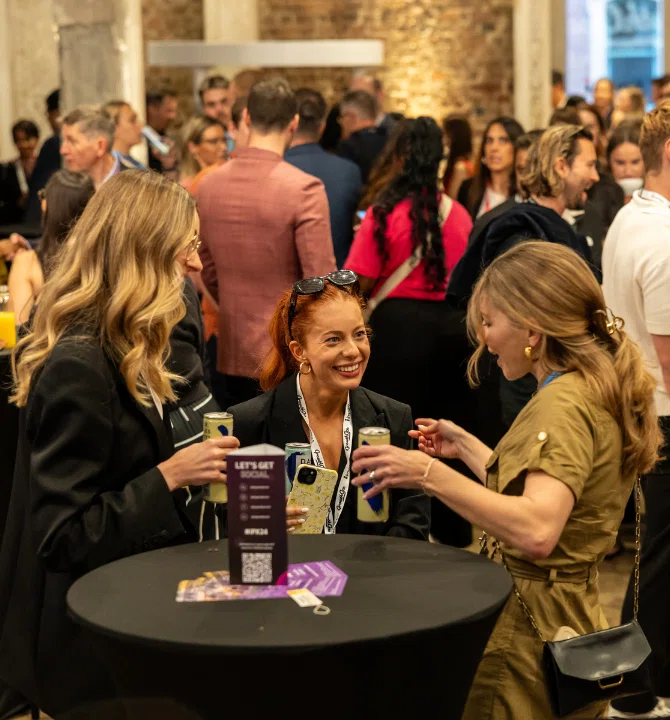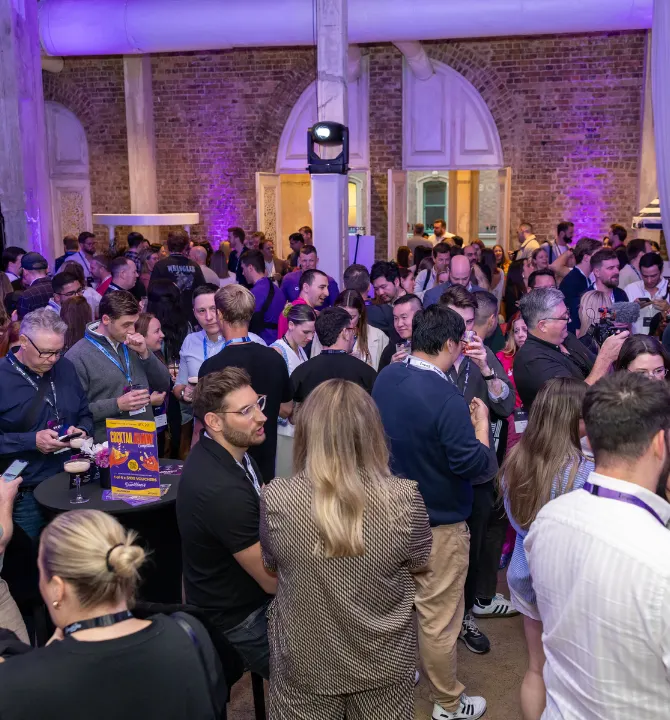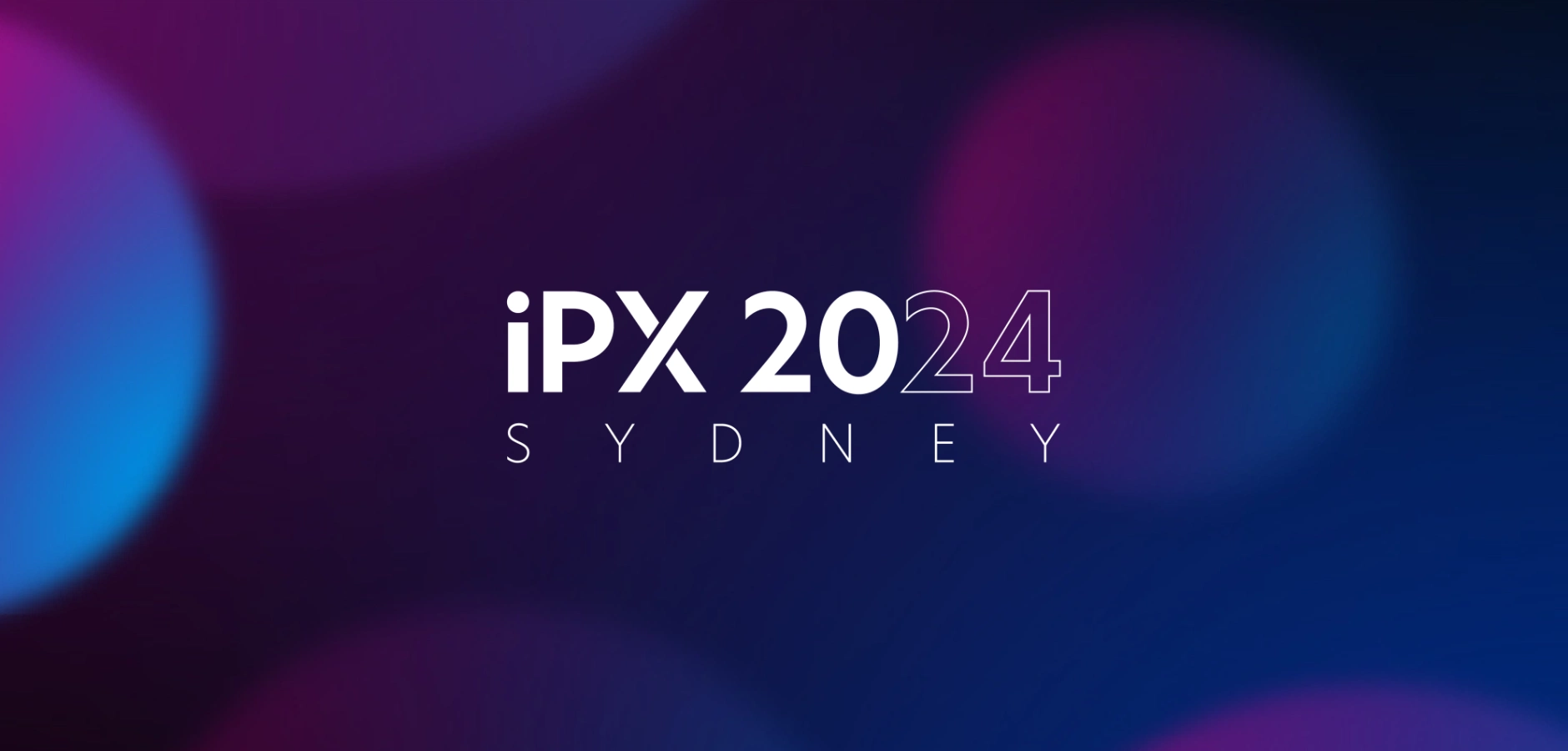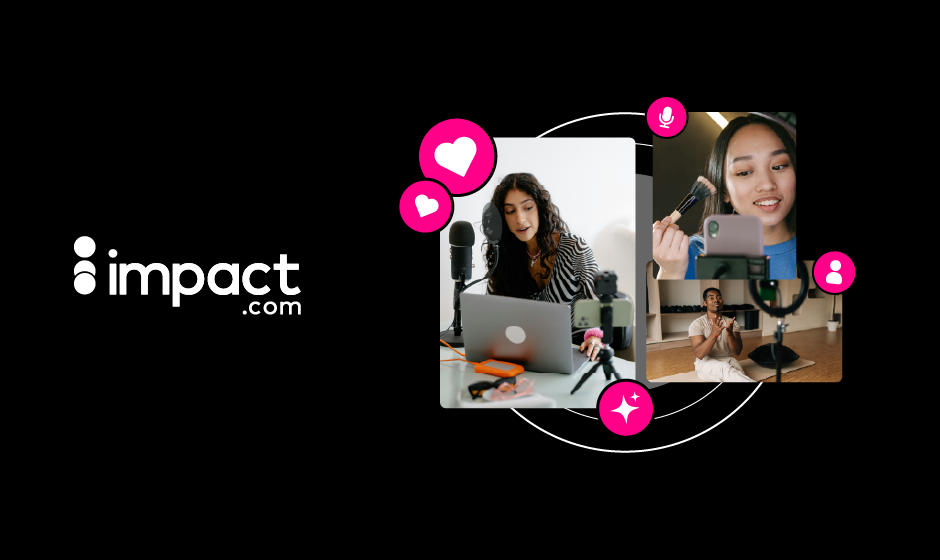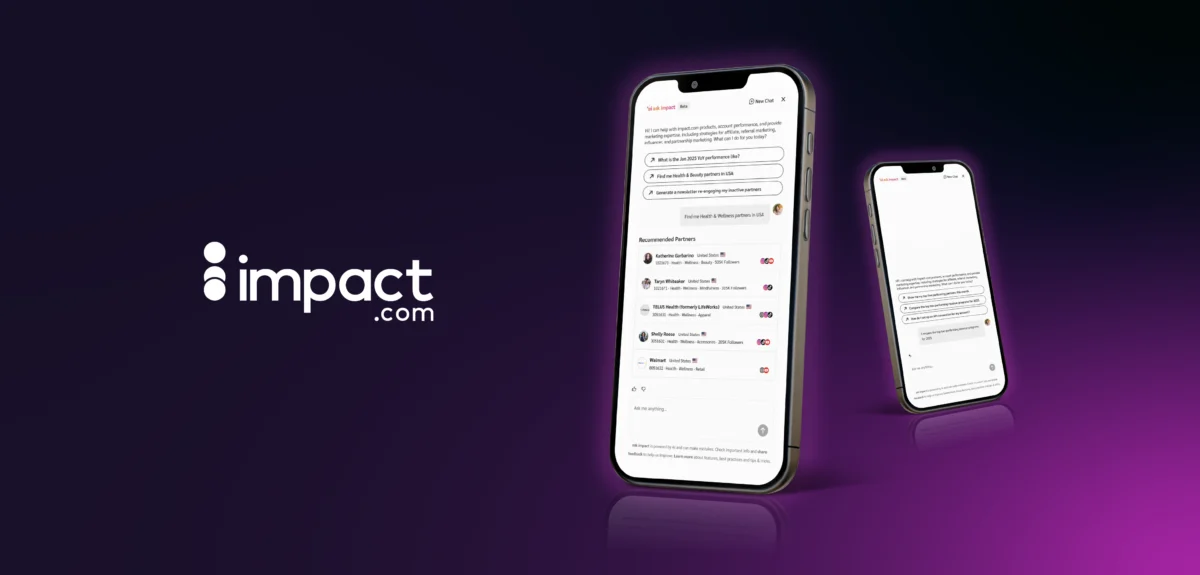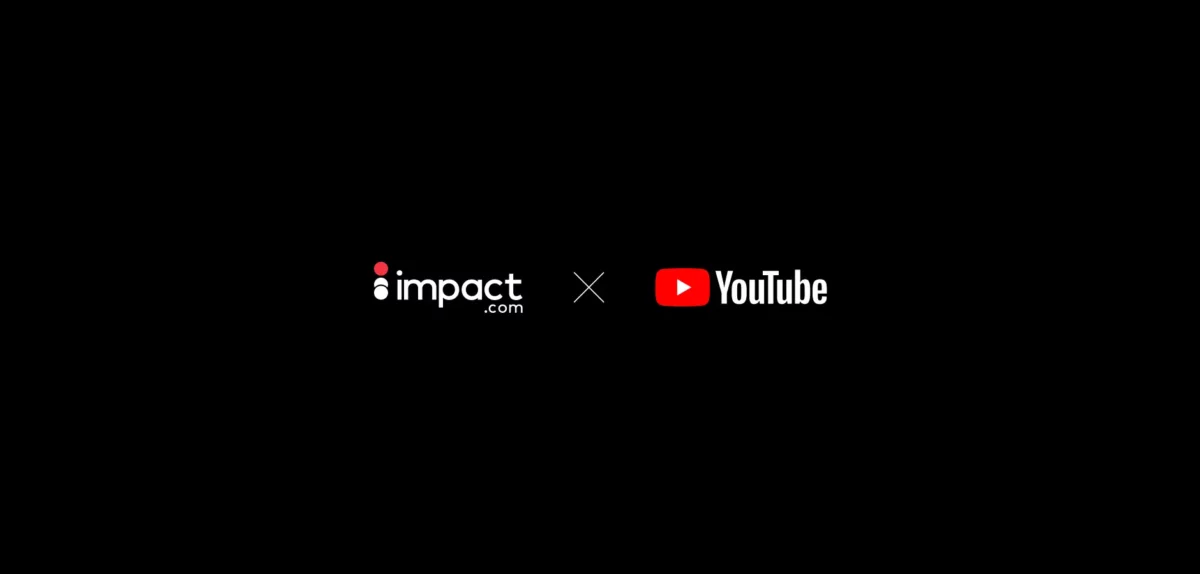iPX Sydney—a gathering of Australian partnership players who come together to share ideas, offer insights, and have fun together—just wrapped up its third annual event. With over 250 brands, publishers, and agencies this year, the event is growing rapidly and needs an even larger venue for iPX 2025.
Marketing experts shared the latest trends and best practices to encourage healthy publisher relationships and thriving brand partnership programs. A wide range of speakers included marketers from July, Shopify, Big Red Group, The Redman Agency, Ecom Nation, Straand, Brand Collective, GrowthOps, Merry People, Virgin Australia, and content creator Caroline Groth.
Whether you’re building a partnership channel from the ground up, revamping a stagnant affiliate program, or adding more creative partners to your marketing mix, these speakers provided actionable insights and advice. Let’s highlight some of the best moments from the event.
The evolving marketing funnel: how partners are driving purchase decisions
APAC Managing Director at impact.com, Adam Furness, opened by outlining how today’s marketing funnel has changed significantly:
Partnerships are increasingly important to brands because there’s been a pivotal shift in how consumers discover and purchase products and services. Rather than being relegated to one position or role, partnerships now affect every step of this marketing loop.
How Gen Z keeps breaking the marketing funnel
Zhoe Low, General Manager at July, wholeheartedly agreed with this assessment. In a chat with Michelle Pushefski (Senior Lead, Growth Partnerships at Shopify), Zhoe described how her young next-generation team doesn’t see siloed marketing channels or stages of a funnel. Instead, these Gen Z marketers are all about making great content and letting it run in an infinite loop of “multiple circles within each circle.”
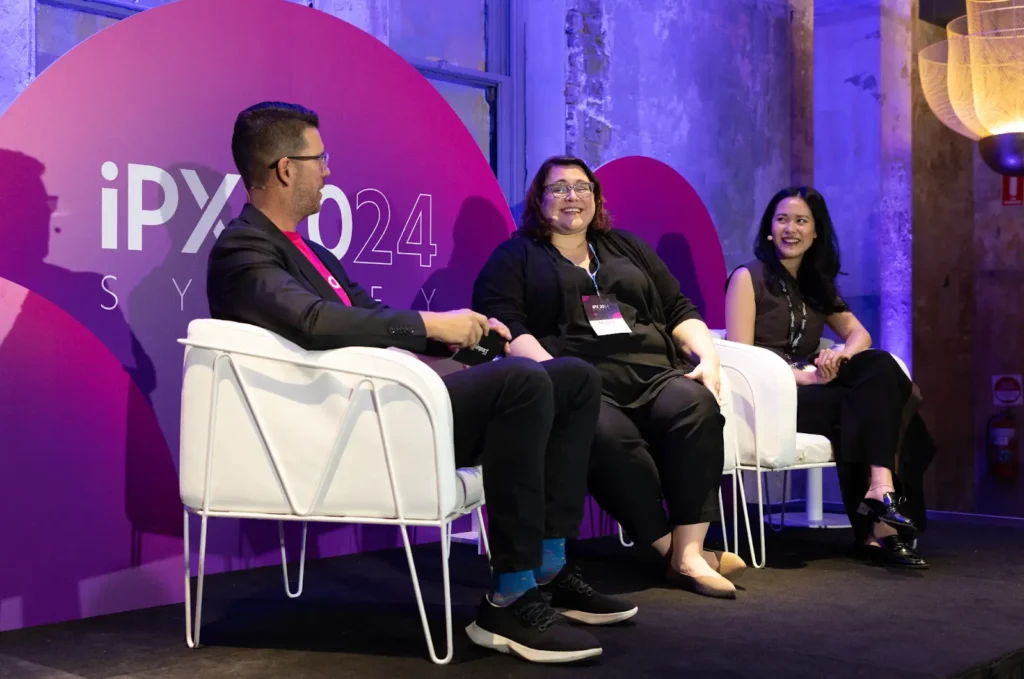
With only three percent of consumers trusting online advertising, brands do longer drive purchase decisions by talking about themselves. Instead, they’re driven by partners—including creators, publishers, other businesses, and even customers.
How go-to-market strategies are fighting to keep up
Consequently, successful up-and-coming brands are rewriting how they go to market. They’re replacing the old ‘top of the funnel’ traditional advertising to drive awareness with reviews and commerce content partnerships in places where potential customers spend their time.
James Smith (General Manager at Merry People) explained this core strategy when the Australian rain boot brand expanded into the US and UK markets:
For instance, this ‘Best Rain Boots’ New York Times article has continued to drive weekly sales since it was published. Similarly, partnerships were instrumental in the brand July’s entry into the US market in 2021.
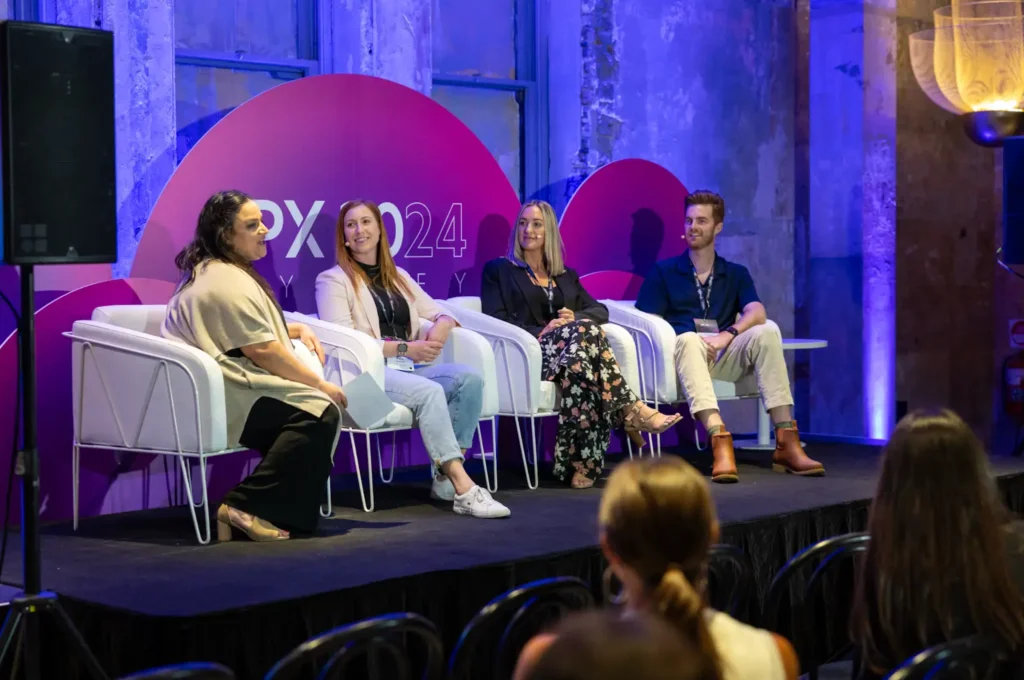
Ashley Molyneux (Head of Performance Marketing at Big Red Group) explained how Big Red Group began its partnership marketing journey with a pure focus on performance. However, the team now recognizes how powerful partnerships are for driving brand awareness and positive word-of-mouth. So much so that these partnerships now play a significant role in current and future plans to elevate other Big Red Group brands.
These brands see the potential partnerships offer for breaking into new markets and tapping into audiences outside traditional advertising. These mutually beneficial collaborations with trusted publishers, niche experts, and talented influencers help brands stay updated on how shoppers today actually research, compare, and buy today.
How influencer and affiliate partnerships converge
The new customer journey, which has blurred traditional marketing silos, also mixes the lines between traditional performance partnerships (affiliate) and creator partnerships (influencer).
Content creator and digital consultant Caroline Groth agreed on this topic. She emphasized that creators now work across the full marketing funnel, driving brand consideration and sales conversions.
Emily Brewster (Global Partnerships Manager) at Straand described how her team leveraged content creators to push brand messaging and awareness from the beginning. This approach helped the start-up hair care brand get off the ground quickly and scale up.
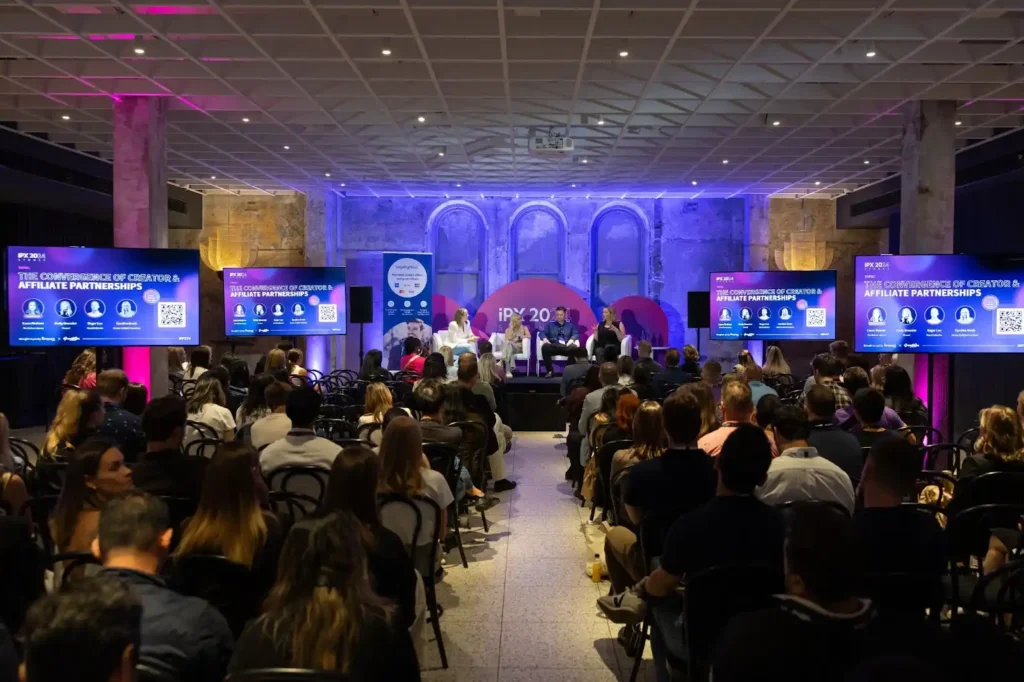
For the established brand powerhouse Brand Collective (which covers leading brands like Reebok, Super Dry, Canada Goose, Hush Puppies, Clarks, Umbro, and more), it’s been more of an incremental journey. However, their team now fully embraces this holistic approach to partnerships. According to Roger Lee (Head of Performance Marketing), brand advocates are now helping “close the gaps” across the new marketing loop.
Instead of treating influencers, traditional affiliates, and big publishers as separate channels, savvy marketers are playing to everyone’s strengths. Skilled influencers might give strong product introductions to new audiences AND help finalize a purchase with a unique partner discount code. Rather than missing out on unique marketing opportunities, it’s time for brands to leave these restrictive roles behind and think outside the traditional affiliate marketing box.
Taking a full-funnel approach to partnerships
As influencers work the full marketing funnel, authenticity becomes even more critical. Consumer trust is a crucial benchmark for brands nowadays. This is why content creator Caroline Groth emphasized authenticity as a key factor for successful brand engagement.
As she noted, many people are turning away from traditional advertising. Shoppers want authentic connections with brands. Purchase decisions are increasingly “led with emotion” and purpose. Accordingly, Caroline only partners with brands “whose values and ethos represent you as you want to be seen.”
Partnerships work best when influencers and marketers are on the same page about ‘brand fit’. Influencer recommendations work best when both parties share interests, styles, and values. These brand highlights and collabs aren’t new for audiences on social media now—and many people will easily spot a disingenuous or mismatched partnership.
The right discovery, recruitment, and contracting tools are vital for creating custom relationships and matching with the best influencer partners. A purpose-built platform and marketplace like impact.com / creator streamlines and speeds up this whole process.
Customer advocacy as an untapped brand opportunity
Also at iPX24 Sydney, Will Fraser (head of the recently launched customer referral program impact.com/advocate) focused on the often untapped potential of customer advocacy. Will and Mal Chia (fractional CMO and Managing Director of Ecom Nation) discussed the challenges, misconceptions, and opportunities of customer referral marketing.
In their experience, most customer referral programs up until this point have been poorly conceived and executed—or in Will’s words “crap”. This is because brands often make customers uncomfortable with one-sided referral reward structures.

However, when executed dynamically, customer referrals have the potential to build community now AND create long-term value. It’s been proven that referred customers also bring in about 30 to 57 percent more new shoppers as well.
Mal explained how he’d found success in the past by mixing up the rewards on offers to avoid becoming too transactional. Instead, discounts for both referrer and referee, early access to new products, exclusive product access, and free shipping on future orders worked exceptionally well. With 81 percent of Australian consumers turning to recommendations and referrals when making purchase decisions, it’s essential to nail this.
One thing was clear: customer advocacy will be a powerful boost for your brand. By sharing their experiences and keeping up positive word-of-mouth, customers can drive new customer purchases and influence new buyers to enter the ‘discovery’ stage.
FAQs
Influencers are a subcategory of affiliate partners. While media publishers, discount sites, and comparison sites are more traditional affiliates, influencers are typically individual content creators with pre-established audiences. These creators recommend and promote products in return for commission payments and other rewards.
Partnerships succeed when brands and influencers align on goals, interests, style, values, and other factors. That way, recommendations feel more authentic and reach an audience already primed to enjoy those products. Brands share the audience trust these influencers have built, and creators support themselves through these mutually beneficial partnerships.
Looking ahead: flexible partnerships are the marketing future
This event highlighted how creator partnerships can meet your needs—no matter your industry or product niche. Affiliate programs don’t need to be rigid or prescriptive about each partner’s role. Instead, this channel can help you raise name recognition, gain authority in your vertical, and turn new audiences into long-term customers and advocates.
